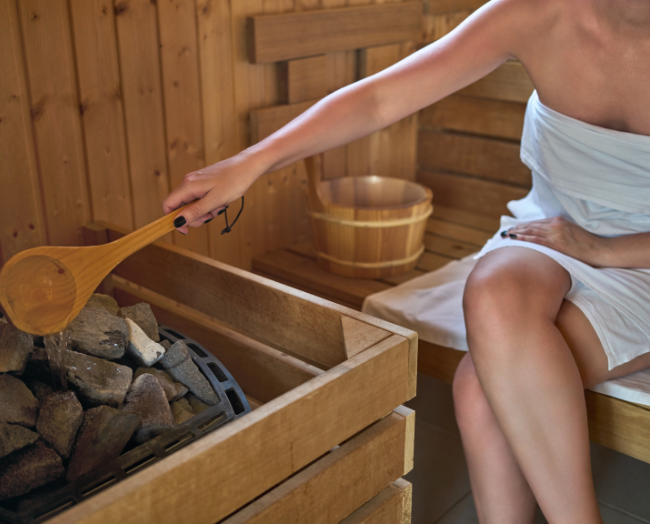Why is the sauna such a beloved retreat for so many? From the bliss of relaxation, aiding in speedy recovery, to assisting in weight loss, the benefits are as varied as they are impressive. But to truly harness these benefits, do you know the key element? It's all about finding the right temperature.
Let's explore how to find that sweet spot of heat that transforms your sauna experience from good to exceptional.
Listening to Your Body: Personalizing Sauna Temperature

Your body knows best when it comes to the ideal sauna temperature. It's essential to listen to its cues. Feeling a bit too warm or not warm enough? These are signals to adjust the heat. This awareness is crucial for a satisfying sauna session. Keep in mind, your preferred temperature might change based on your day's activities, your diet, and even the current weather.
In group settings, it's important to find a balance that suits everyone. Children, for instance, are more comfortable at lower temperatures. The goal is to create a harmonious experience where the heat feels just right for everyone.
Navigating the Sauna's Thermal Variations

A sauna's charm lies in its ability to offer different temperature experiences within the same space. If the upper bench feels overly hot, moving down a level can provide a cooler sensation. This adaptability allows you to enjoy the sauna without having to leave. Ideally, the temperature should be set to accommodate the comfort of all users.
Among experienced sauna-goers, a preference for higher temperatures is common. This is due to hormesis, where the body gradually adapts to certain conditions through repeated exposure. If you're new to saunas, it's important to start at lower temperatures and gradually increase your tolerance.
Factors That Influence Your Sauna Experience

Several aspects determine the right sauna temperature for you:
- Health Considerations: Always consider your health when using a sauna. If you have health issues, it's advisable to consult a healthcare professional beforehand.
- Type of Sauna: Different saunas (traditional, infrared, steam room, etc.) have varying ideal temperature ranges.
- Your Sauna Goals: Whether it's for relaxation, detoxification, or muscle recovery, your purpose can guide the ideal temperature setting.
- Environmental Factors: The external climate and how your body adjusts to it can affect how you perceive and tolerate sauna temperatures.


Share:
Cold Plunge Vs Cold Shower Which Is Better?
The Best Time of the Day to Cold Plunge